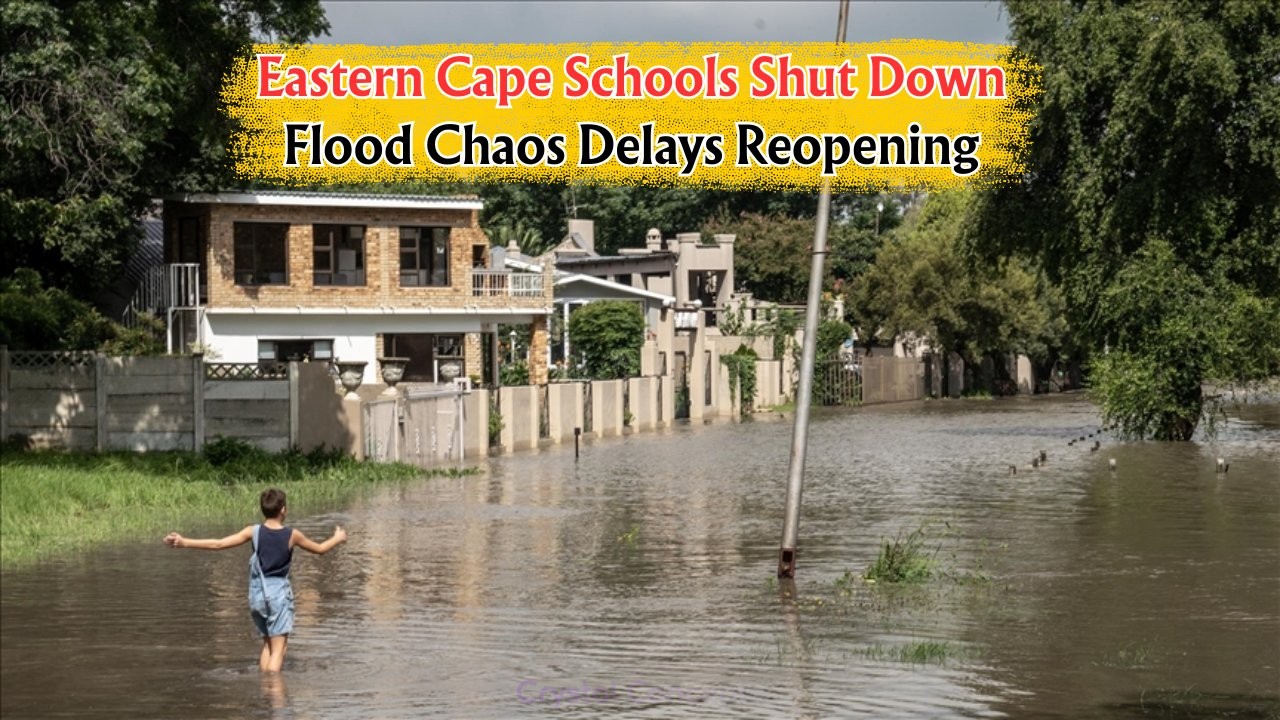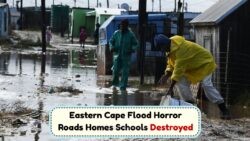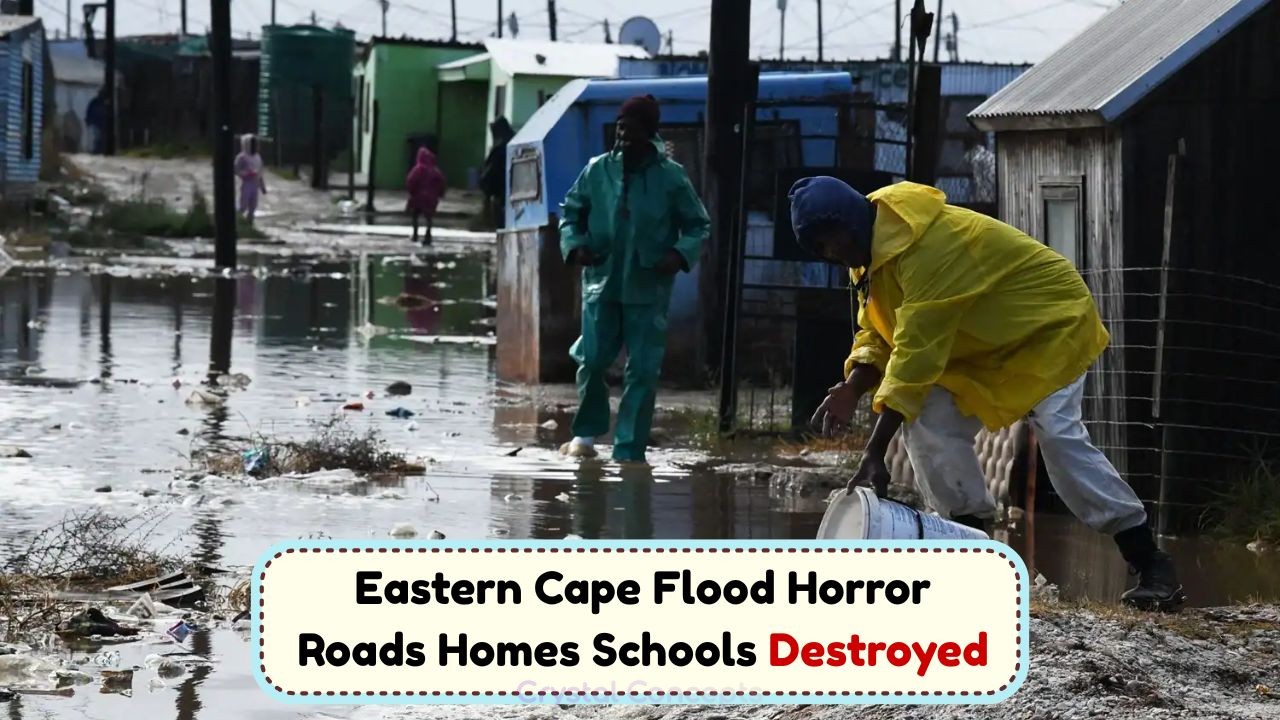Eastern Cape schools closed due to flooding: The Eastern Cape has been hit hard by severe flooding, leading to the closure of numerous schools in the region. With the education of thousands of students at stake, authorities have decided to keep schools closed until 22 July. The unexpected weather conditions have raised concerns about the continuation of education and the safety of students. As the government works on plans to address the damages, parents and educators are left to navigate this challenging situation and find alternative solutions to ensure that learning continues uninterrupted. This crisis highlights the urgent need for disaster preparedness in the education sector.
Impact of Floods on Eastern Cape Education
The closure of schools in the Eastern Cape due to flooding has significantly disrupted the education system. The immediate impact is the loss of valuable learning time for students, which can have long-term effects on their academic progress. Many schools have reported damage to infrastructure, including classrooms, libraries, and administrative offices, rendering them unsafe for use. The Department of Education is currently assessing the extent of the damage and determining which repairs are necessary to ensure the safe reopening of schools. Unfortunately, the adverse weather conditions not only affect the physical school structures but also hinder transportation, making it difficult for students and teachers to reach schools safely.
- Loss of classroom time
- Damage to school infrastructure
- Impact on student transportation
- Challenges in maintaining educational continuity
- Need for emergency educational policies
Solutions for Continued Learning During School Closures
Given the current situation, it is crucial to find alternative methods to ensure that students’ education is not severely impacted. One of the solutions being discussed is the implementation of remote learning strategies. This includes the use of digital platforms where students can access educational materials and participate in virtual classrooms. However, it is important to note that not all students have access to the necessary technology or internet connectivity. To address this, the government and private stakeholders are working together to provide resources such as tablets and data packages to students in need.
| Learning Option | Pros | Cons |
|---|---|---|
| Online Classes | Access to resources | Requires internet |
| Home Schooling | Flexible schedule | Parental involvement needed |
| Community Learning Hubs | Collaborative environment | Limited availability |
Government and Local Community Response to School Closures
The response to the school closures in the Eastern Cape has been multifaceted. The government, alongside local communities, is working tirelessly to address the immediate needs of affected schools and students. Emergency funding has been allocated to repair damaged infrastructure and restore essential services such as electricity and water supply. Additionally, local communities have come together to establish temporary learning environments, ensuring that education can continue in some form. These efforts are crucial in not only addressing the current crisis but also in building resilience against future disasters.
- Allocation of emergency funds
- Repair and restoration of school infrastructure
- Establishment of temporary learning environments
- Collaboration with local communities
- Enhancement of disaster preparedness
Challenges Faced by Students and Educators
While efforts are underway to mitigate the impact of school closures, both students and educators face several challenges. Students are at risk of falling behind in their studies, particularly those who do not have access to digital learning tools. Educators, on the other hand, are tasked with adapting their teaching methods to suit remote learning environments, which can be a daunting task without proper training and resources. The psychological impact of the disaster on both students and teachers cannot be overlooked, as the uncertainty and disruption can lead to stress and anxiety.
| Challenge | Impact | Potential Solution |
|---|---|---|
| Lack of Access to Technology | Hindered learning | Provision of devices |
| Adapting to Remote Teaching | Increased workload | Training programs |
| Psychological Stress | Reduced focus | Counseling services |
Importance of Preparedness for Future Disasters
The current crisis underscores the need for better preparedness to handle similar situations in the future. Schools must develop comprehensive disaster management plans that include measures for safe evacuations, alternative learning methods, and infrastructure resilience. Additionally, there is a need for continuous investment in educational technology to ensure that all students have equitable access to learning resources, regardless of their socio-economic backgrounds. By taking these steps, the Eastern Cape can build a more robust education system capable of withstanding the challenges posed by natural disasters.
- Develop comprehensive disaster management plans
- Invest in educational technology
- Ensure equitable access to learning resources
- Strengthen infrastructure resilience
- Promote community involvement in disaster preparedness
FAQ Section
- What is the reason for the school closures in Eastern Cape? The schools have been closed due to significant damage caused by severe flooding in the region.
- Until when are the schools expected to remain closed? Schools are expected to remain closed until 22 July as repairs and assessments are underway.
- How are students continuing their education during the closures? Students are using remote learning platforms and community learning hubs as alternative education methods.
- What measures is the government taking to address the situation? The government is allocating funds for repairs, providing digital resources, and collaborating with local communities to establish temporary learning environments.
- How can future disruptions be minimized? By developing disaster management plans, investing in technology, and ensuring equitable resource access, future disruptions can be minimized.









